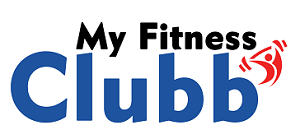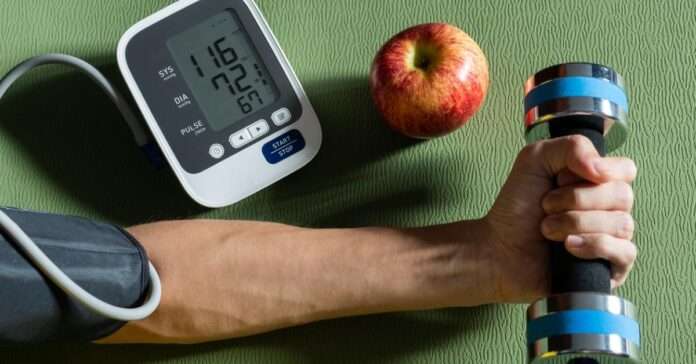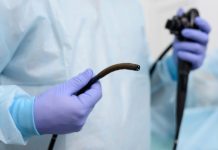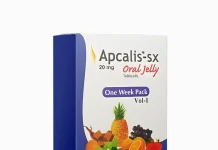Blood pressure (BP) is defined as the amount of pressure exerted by the heart when it contracts against the resistance of the walls of blood vessels and arteries. During the clinical examination, elevated blood pressure is understood as hypertension. Hypertension is defined as continuous diastolic blood pressure greater than 90 mmHg or continuous systolic blood pressure greater than 140 mmHg. The maximum blood pressure during the contraction of the intestinal ventricle is called the systolic pressure, and the lowest blood pressure during the diastole and dilation of the intestinal ventricle when the ventricle is full of blood is understood as the diastolic blood pressure.
The overall goal of people who continue to increase their vital signs is to reduce their vital signs and maintain them for the rest of their lives, so that they feel good in complex ways. Given the fashionable treatments for high vital signs, including non-drug recommendations and a variety of available medications, it is possible for most people to achieve this goal. In addition, everyone, regardless of the level of vital signs, should pay attention to non-drug recommendations and should pay attention to other cardiovascular risk factors.
Salt intake must be reduced in excess. Check the difficulty of noticing a significant weight loss, and minimizing excessive salt intake will be an effective method or way to reduce high blood pressure. In addition, reducing overweight is also one of the best ways to treat or control hypertension in the population. Many of us with hypertension are related to weight. Reducing or losing weight can control high blood pressure. Therefore, all obese or overweight hypertensive patients should be advised to consider losing weight to regulate hypertension.
In addition, people with high blood pressure should be encouraged to eat more fresh fruits, bananas, beans and fish from the garden. The benefits of healthy food are not just to maximize potassium intake. A healthier diet not only has the advantage of accelerating potassium intake, but it can also reduce high salt content, absorption of fat and excess fiber. People should also consider cutting back on binge drinking, which helps control high blood pressure, because there is a certain link between alcohol and high blood pressure, but the consequences are minor. Average alcohol consumption helps regulate cardiovascular consequences.
Regular physical activity (that is, 4 to 5 half-hour aerobic exercises per week) is also different from treating or controlling high blood pressure. Obviously, people with high blood pressure or people in poor health should start with moderate levels of exercise, such as walking or cycling. Physical activity will help reduce or control the complications of high blood pressure. Even people with high blood pressure should be encouraged to stop using cigarettes / tobacco and medications that can help treat or control high blood pressure and other related long-term complications (such as thrombotic stroke and coronary heart disease). .
The patient’s vital signs level will determine the speed at which medications can be started. All patients with mild to moderate hypertension should be encouraged to take non-drug treatment. There are four main categories of drugs that are currently used to treat elevated vital signs. The first is diuretics. Thiazide diuretics (hydrochlorothiazide, Bendroflumethiazide) work by inhibiting the reabsorption of sodium and chlorine in the renal tubules, leading to salt loss and a decrease in extracellular volume, which leads to a decrease in vital signs. They can reduce circulatory volume, flow and mean arterial pressure, and are most suitable for patients with mild to moderate hypertension with normal renal function. Others may be calcium channel blockers (CCB). They reduce the entry of Ca++ responsible for the heart and smooth contraction, thereby reducing the heart contractility and total peripheral resistance. The third type is beta blockers, such as propranolol, which is believed to lower blood pressure through various mechanisms, including reducing flow by reducing pulse and slightly reducing contractility and reducing renin secretion, which leads to a decrease in total peripheral resistance . The last type are direct vasodilators, such as hydralazine and minoxidil, which lower blood pressure by directly relaxing vascular smooth muscle in precapillary resistance vessels. However, this effect can occur during the reflex increased pulse, which is why it is usually combined with beta-blocker therapy.
Your lifestyle is your health. Changing your lifestyle can further control high vital signs. Staying healthy has the simplest effect on our body and it also plays a vital role in our daily activities. As the saying goes: “Your lifestyle is your health”. So, eat healthy food, don’t drink too much alcohol, don’t smoke, exercise every day, and always keep a positive attitude. Visit sites like DoctorOnCall to learn more about health problems like high blood pressure.









